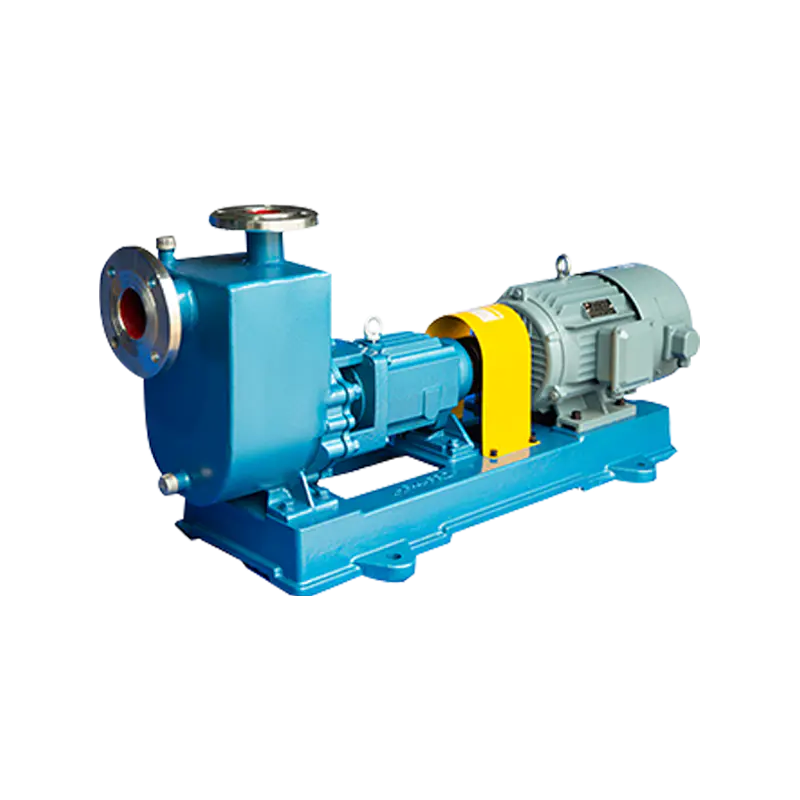Stainless steel centrifugal pumps play a vital role in industrial production. They not only improve production efficiency, but also ensure stability during liquid transportation. However, when selecting and using this type of pump, understanding its basic principles, selection techniques, and maintenance points can help users make better use of this equipment.
First of all, the selection of stainless steel centrifugal pumps should consider multiple factors. One of the most important factors is the characteristics of the fluid, including its viscosity, temperature, corrosiveness, and whether it contains particulate matter. Different fluids have different requirements for pumps. Choosing the right model and material can maximize the efficiency of the pump and extend its service life. For liquids with higher viscosity, it is usually necessary to choose a pump with higher power, while for liquids with strong corrosiveness, it is necessary to choose a special material with higher corrosion resistance.

In addition to the characteristics of the fluid, parameters such as the pump flow, head, and working pressure are also factors that need to be considered when selecting a stainless steel centrifugal pump. Choosing a pump of appropriate specifications according to actual needs can ensure the smooth operation of the system. In actual use, the installation location and pipeline design of the stainless steel centrifugal pump also have a great impact on its operation effect. Ensuring that the pump's suction and discharge ports are unobstructed and that unnecessary bends or resistance are avoided can effectively improve the pump's delivery efficiency.
In terms of maintenance, stainless steel centrifugal pumps generally require less maintenance than other types of pumps. Due to their durable material, the pump body and components are less worn and have a lower failure rate. However, regular inspections and maintenance are still necessary, especially under high loads or long-term operation. Routine maintenance items include checking the pump's seal to ensure there are no leaks, cleaning the pump body, and regularly changing the lubricating oil.
In addition, keeping the pump's working environment clean is also key to ensuring its normal operation. For the mechanical part of the pump, regularly checking the wear of each component and replacing damaged parts in a timely manner can effectively avoid failures caused by minor problems. For the appearance of the pump body, keeping it free of corrosion and dust accumulation can extend the pump's service life and improve its overall performance.





















